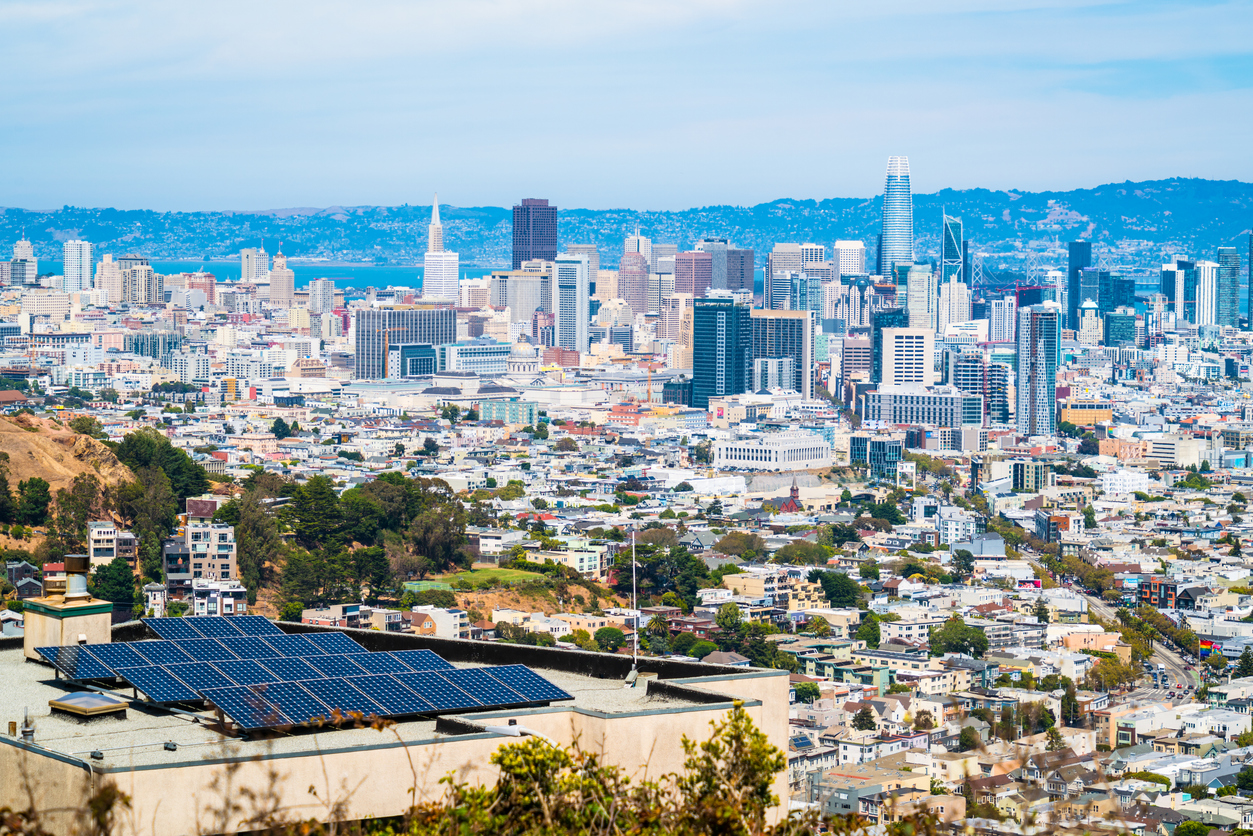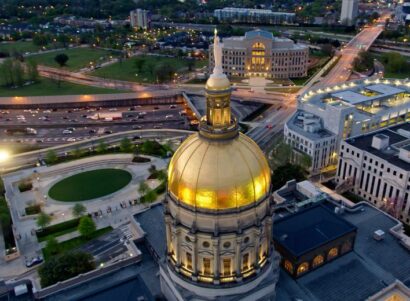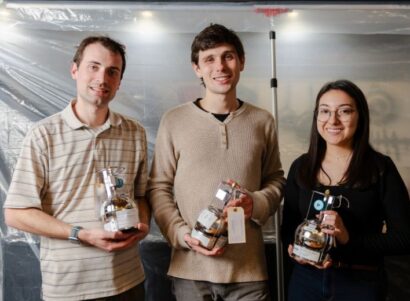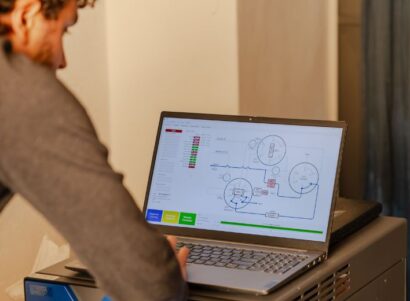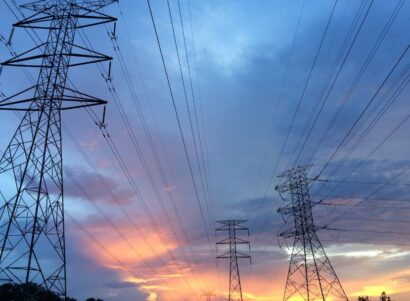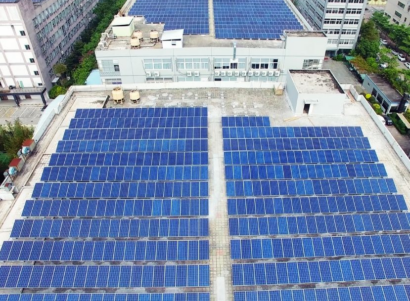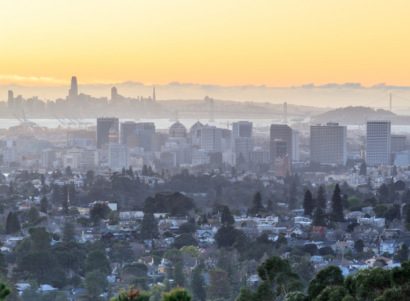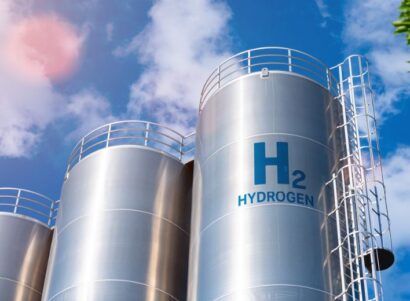What they mean, how they’re different, and why communities need both
Modern life depends on reliable electricity. From data centers to air conditioning, energy-intensive technologies have driven up electricity demand across the U.S. Increased demand has amplified the risks posed by power outages, which can disrupt the essential systems that underpin economic productivity and public safety. To mitigate these risks, many states are investing in fortifying the electric grid. Yet these investments do little to protect the public when power outages inevitably occur.
So what can be done to ensure that every day life continues, even when there are disruptions to the grid? To answer that question, we must first understand the difference between grid reliability and energy resilience.
What’s the difference between grid reliability and energy resilience?
When it comes to the electrical grid, reliability is defined by the capacity to avoid power disruptions. Reliability is a measure of dependability, or lack thereof. Resilience, on the other hand, is measured by the experience of the user and their individual ability to withstand and recover when power outages arise. Distributed energy resources like generators, solar panels, and backup batteries—or even alternative fuels like propane heaters and camp stoves—can increase energy resilience because they allow individuals to maintain normalcy, even when the power grid isn’t operating normally.
How do we keep the lights on, even when the power goes out?
According to the National Renewable Energy Laboratory, the U.S. power grid is already 99.5% reliable. While there is always room to improve electrical systems, the grid can’t be hardened against everything. Power outages will always occur, especially as climate change and rising energy demand test the system’s limits. At a certain point, investments in resilience can deliver a greater return on investment than reliability alone—both for communities and, at times, the grid itself. This is especially true if we account for the avoided costs and damages from power outages.
“One way to improve energy resilience is to install technology that provides backup power, like solar and storage systems. You can do this at a household level, or at the community scale with a resilience hub, which provides people a place they can go during an outage to access reliable electricity,” says PSE Healthy Energy Scientist Bethany Kwoka. If you use medical services at home, an outage could seriously impact your health, so having household energy resilience can help you avoid that, or throwing away food that goes bad when the refrigerators and freezers fail during power outages.”
These distributed clean energy systems can be leveraged to lower the frequency of power outages. During a recent heat wave in California, over 16,000 household batteries were used to supplement grid power and avoid rolling blackouts—part of a virtual power plant program administered by the California Energy Commission. According to Kwoka, investments in community-scale resilience can offer many of the same benefits. “Until energy resilience is affordable for all homes, having energy resilience within the community can give people a place to store their medication or charge their devices, and have access to other resources, when those resources aren’t available at home,” says Kwoka.
What does it mean to increase energy resilience to power outages?
Energy resilience during a power outage means more than keeping refrigerators cold and households lit at night. A power outage can have a ‘cascading impact,’ says Kwoka, which could be felt in all kinds of ways, many of which are not immediately apparent. Minimizing and recovering from these impacts is also core to resilience.
For example, hospitals are required to have backup power systems, yet patients may not be able to travel to their appointments. Medical staff may rely on childcare facilities during work hours, but those facilities may not be able to operate if the power is out, which could leave a hospital understaffed.
“Even if your life is only disrupted for a day or two, the real measure of resilience is how quickly, and how easily, you can recover. If you’re living paycheck to paycheck and had to miss a couple shifts at work, and now have to replace everything in your fridge or reschedule a doctor’s appointment, it’s that much more difficult to pay your rent or keep up with your healthcare needs,” Kwoka says.
How can low-income and other at-risk communities improve energy resilience?
For those homeowners with enough money, building household resilience can be as simple as installing solar panels and battery back-ups. But not everyone has the capacity, or the ability, to make those modifications. Outages disproportionately impact disadvantaged communities and communities of color. Fortunately, for residents who have less ability to build resilience at home, a new solution is getting more attention: community resilience hubs.
For most, that term would (inaccurately) conjure an image of a cooling center: a place for residents to escape the heat. While cooling centers can offer a vital service, they are not a resilience hub and do not offer the same range of benefits. Cooling centers can be incident-specific—they’re open when there’s a need for them, and only solve one problem—or they can be repurposed community fixtures, like libraries. These facilities often go under-utilized for a variety of reasons. Residents don’t have a relationship with a pop-up facility, and may not trust them. Libraries tend to have strict rules barring pets, which can also deter people from using them. Perhaps the biggest flaw with a cooling center is the lack of wrap-around services, like childcare.
A community resilience hub is a year-round community fixture that can offer help during emergencies, like heatwaves, but which also provides other resources to residents. Most importantly, it’s an effective small-scale investment that can have real benefits for residents. Instead of an ongoing multi-million dollar effort to harden the grid (which may still experience outages), a community resilience hub is effectively a one-time expense.
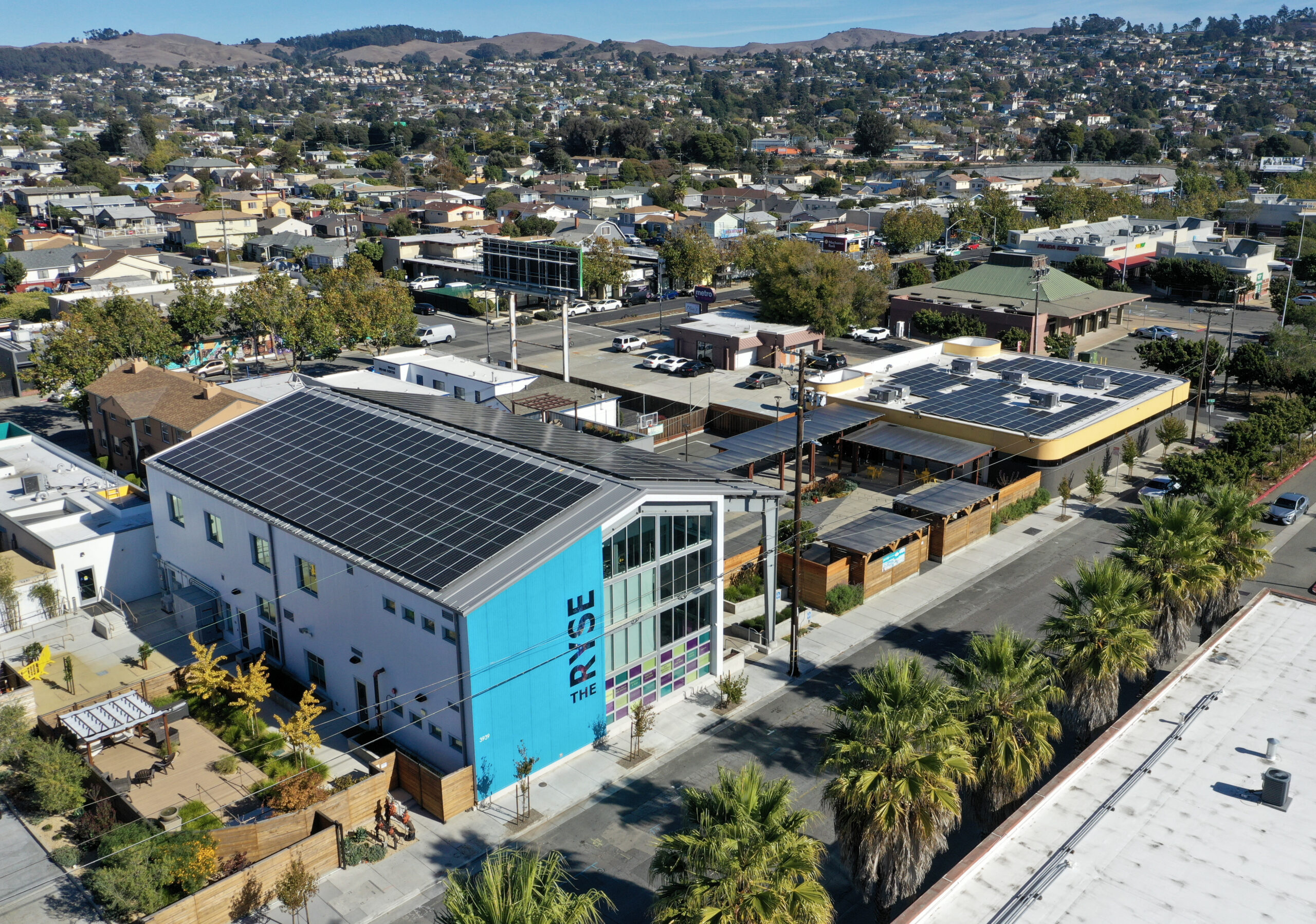
Photo of the RYSE Commons, a community resilience hub located in Richmond, California. Photo provided courtesy of Sun Light & Power. Videography by Marc Kollar.
Cities across the country including Los Angeles, Indianapolis, Houston, and Medford are investing in building resilience hubs. The benefits of these permanent facilities in a community can be far-reaching, Kwoka says.
“Conceptually, it’s about raising people’s baseline. Resilience asks, ‘how quickly can you get back to your baseline?’ Meaning, ‘how quickly can you return to where you were before?’ But if you’re a member of a vulnerable community, that baseline might be pretty low. This isn’t great, because any little disruption is going to hurt, and the recovery process will have to start over every time,” Kwoka says. “However, we could use recovery as an opportunity to improve people’s baseline, which would ultimately make them more resilient, and better able to withstand disruptions like power outages and enable them to recover more quickly.”
How does climate change impact grid reliability and community resilience?
Climate change poses a new kind of threat to the power grid. More frequent and severe extreme weather events are intensifying the strain on energy infrastructure, while at the same time, the shift away from fossil fuels is increasing reliance on electricity. In many places, these dual forces have contributed to the rise of a new kind of power outage, in which utilities cut power during dangerous weather to reduce the risk of their infrastructure sparking a wildfire.
Since 2013, millions of Californians have experienced Public Safety Power Shut Offs (PSPS) and PSE Healthy Energy analysis suggests that residents of the state can now expect multiple planned outages per year. As climate change intensifies heatwaves, states including Oregon, Washington, Colorado, and Hawaii have followed in California’s example by periodically turning off electricity in high-risk sections of the grid. This approach, while important for averting wildfires, demonstrates the limitations of focusing exclusively on making the grid more reliable, rather than an integrated approach based around increasing a community’s ability to recover more quickly after power outages, and with fewer lasting impacts.
The good news is that reliability and resilience are not mutually exclusive. Together, these approaches can be complementary, providing a more comprehensive solution to the challenges posed by a changing climate. Integrating resilience strategies like distributed energy resources and community resilience hubs can ensure that individuals and communities are better equipped to handle disruptions.
The path forward requires investing in a diverse array of solutions that together will keep the lights on, no matter what challenges arise.
